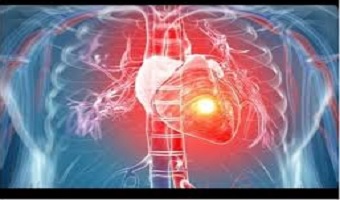
Angiography is an imaging test that uses X-rays to view your body's blood vessels. The X-rays provided by an angiography are called angiograms. This test is used to study narrow, blocked, enlarged, or malformed arteries or veins in many parts of your body, including your brain, heart, abdomen, and legs.
During an angiogram, a long slender tube called a catheter is inserted into a large artery (generally, in the groin area). The catheter is slowly and carefully threaded through the artery until its tip reaches the segment of vessel to be examined by angiography.
An angiogram can show if your coronary arteries are narrowed, where they are narrowed, and by how much. It can help your doctor see if a change in treatment—such as medicines, angioplasty, or coronary artery bypass surgery—can improve your angina or lower your risk of heart attack or death from heart problems.
Types of Angiograms
- Computed Tomography Angiography.
- Coronary Angiogram.
- Digital Subtraction Angiography.
- Magnetic Resonance Angiography.
- Pulmonary Angiogram.
- Radionuclide Angiogram.
- Renal Angiogram.
Symptoms when u required Angiography
- Symptoms of coronary artery disease, such as chest pain (angina)
- Pain in your chest, jaw, neck or arm that can't be explained by other tests
- New or increasing chest pain (unstable angina)
- A heart defect you were born with (congenital heart disease)
- Abnormal results on a noninvasive heart stress test
- Other blood vessel problems or a chest injury
- A heart valve problem that requires surgery
